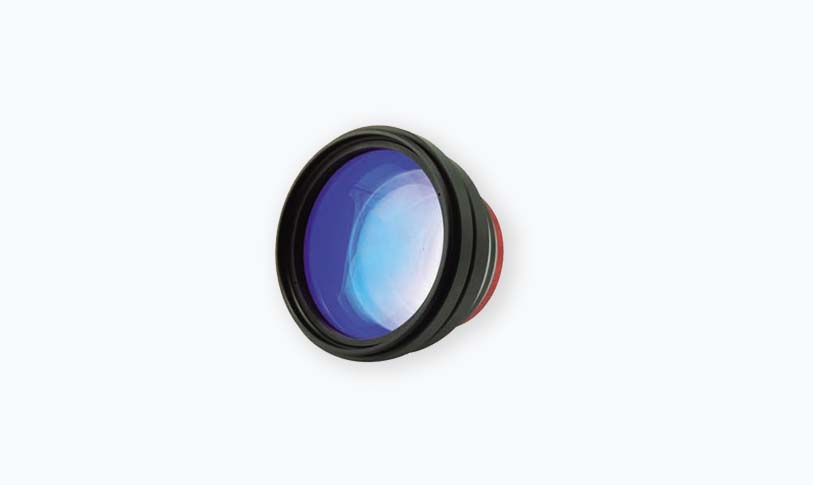[femtosecond]Exploring the Fascinating World of Femtosecond Technology and Its Groundbreaking Applications in Science and Medicine

Exploring the Fascinating World of Femtosecond Technology and Its Groundbreaking Applications in Science and Medicine
****

Exploring the Fascinating World of Femtosecond Technology and Its Groundbreaking Applications in Science and Medicine
Femtosecond technology, defined by time intervals measuring one quadrillionth of a second (10^-15 seconds), has ushered in a new era in fields like physics, chemistry, and medicine. This ultra-short timescale is critical for understanding and manipulating ultra-fast phenomena, enabling scientists to observe and control chemical reactions and physical processes at unprecedented resolutions. The remarkable capabilities of femtosecond lasers have facilitated breakthroughs that were once thought impossible, transforming not only research methodologies but also practical applications across various industries.
Femtosecond lasers have become integral to scientific experiments due to their incredibly short pulse duration. When harnessed, these lasers can generate light pulses lasting merely a few femtoseconds, allowing researchers to capture images of molecular and atomic interactions nearly in real-time. By studying these rapid processes, scientists can gain insight into the fundamental mechanics of molecular bonding, energy transfer, and electron dynamics. This has significant implications for chemistry, as it can pave the way for the design of innovative materials and drugs by elucidating reaction pathways that occur on timescales previously inaccessible.
One of the remarkable applications of femtosecond technology lies in the realm of spectroscopy. Time-resolved spectroscopy techniques, for instance, utilize femtosecond lasers to probe the dynamics of chemical reactions. This technique has enabled scientists to observe vital interatomic and molecular processes, such as the process of electron transfer, which underpins reactions like photosynthesis. Accelerating research in this area holds promise for the development of more efficient solar cells and catalysts, influencing the energy sector and contributing to sustainability efforts.
Beyond chemistry, femtosecond technology has made substantial strides in the medical field. One notable application is in ophthalmic surgery, specifically laser-assisted in situ keratomileusis (LASIK), a popular procedure for vision correction. Femtosecond lasers are employed to create precise corneal flaps, resulting in greater accuracy and reduced risk compared to traditional laser methods. The precision of femtosecond lasers minimizes damage to adjacent tissues, leading to faster recovery times and improved surgical outcomes. This leap in laser technology has affirmed the importance of femtosecond devices in contemporary ophthalmology.
Femtosecond lasers are also finding their way into medical imaging techniques. The ability to precisely control the excitation and emission of light in a matter of femtoseconds enables advanced imaging modalities such as two-photon microscopy. This technique allows researchers to visualize biological tissues in real-time with minimal damage and high resolution, providing invaluable insights into cellular processes in both normal and diseased states. By unveiling intricate biological details, femtosecond lasers are helping to push the boundaries of our understanding of human health and disease.
The futuristic applications of femtosecond technology extend to telecommunications as well. The swift nature of femtosecond laser pulses opens the door for optical communication techniques that can transmit information at astonishing speeds. Researchers are exploring how to leverage femtosecond laser systems for high-capacity data transmission, an important consideration as the demand for faster internet speeds and more efficient communication networks continues to grow. The potential enhancement in data transfer rates could revolutionize how we interact with the digital world.

Exploring the Fascinating World of Femtosecond Technology and Its Groundbreaking Applications in Science and Medicine
However, despite the numerous benefits and advancements brought by femtosecond technology, challenges remain. The complexity and cost associated with femtosecond laser systems can act as barriers to widespread adoption in some sectors. Additionally, the precision required to operate these systems necessitates skilled personnel and specialized training, which can be a limiting factor for laboratories and research facilities with limited resources.
In summary, femtosecond technology stands at the forefront of scientific innovation, with its implications reverberating across multiple disciplines. From unraveling the dynamics of chemical reactions to revolutionizing medical procedures and pushing the envelope in telecommunications, the applications of femtosecond lasers are vast and varied. As research continues to evolve, it is likely that femtosecond technology will unlock even more potential, presenting solutions to some of the most pressing challenges in science and technology today. The future of femtosecond innovation promises to be as impactful as it is fascinating, and its trajectory will undoubtedly shape various scientific fields for many years to come.coolpeel laser cost